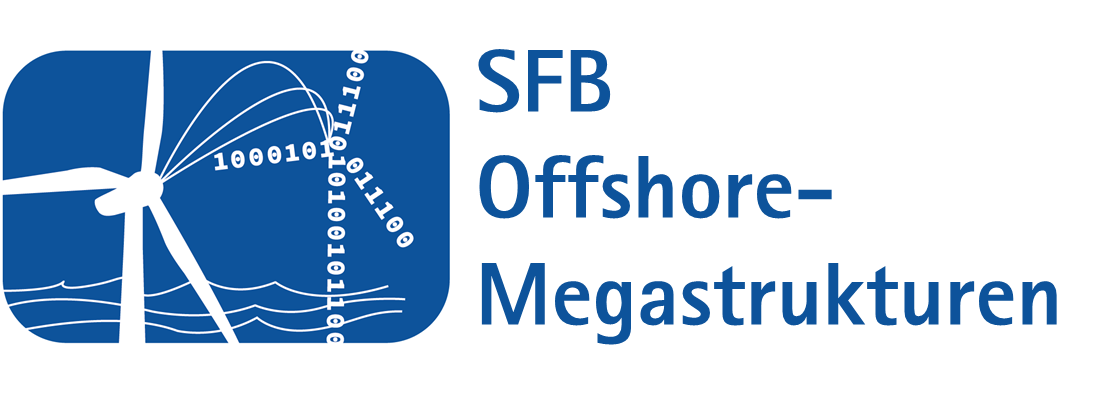For the operation of future wind farms, precise information on the condition and dynamic behavior of the support structure and rotor blades as well as knowledge of the effects of changing environmental and operating conditions is required for each individual turbine throughout its entire service life. Classical simulation models are usually identical for all turbines in a wind farm and focus primarily on load-bearing capacity. Aspects such as manufacturing, installation, and operation and dismantling, on the other hand, are given secondary consideration.
As part of the Collaborative Research Center, the researchers are therefore developing the digital twin, a method that integrates all of these details. The digital twin is a coupled overall model of a concrete wind turbine, which is adapted to the current state of the real structure (the real twin) with the help of measurement data. This results in simulation models that describe individual real turbines over their entire lifetime and can always be adapted to the current state.
Four research institutions have joined forces under the leadership of Leibniz Universität Hannover (LUH) for Collaborative Research Center 1463 "Integrated Design and Operation Methodology for Offshore Megastructures": In addition to LUH, the Carl von Ossietzky University of Oldenburg, the German Aerospace Center and the Technical University of Dresden are involved. At Leibniz Universität, a total of ten institutes from the faculties of Civil Engineering and Geodesy, Mechanical Engineering, Mathematics and Physics, and Electrical Engineering and Computer Science are involved. A large number of the participating institutes at Leibniz Universität Hannover and Carl von Ossietzky University Oldenburg are already networked in the ForWind research association. Duration is from 01 January 2021 to 31 December 2024 with the possibility of extension to 2032.









